The Uniform That Didn't Smell: What Ancient Wisdom Can Teach Modern Performance
A journey from Japanese vintage markets to athletic excellence, rediscovering the time-tested power of natural fabrics
Natural textiles have dressed humanity for millennia, from traditional firefighter uniforms to the athletic gear of past champions. Today's research reveals these materials offer distinctive benefits often overlooked in our synthetic-first world—particularly for those who demand both performance and wellbeing.
When my wife and I lived in Japan, we spent weekends exploring vintage markets. Among the most captivating finds were century-old indigo-dyed garments that defied time—not just preserving their structure, but maintaining a distinctive freshness and comfort that spoke of forgotten wisdom.
We didn't need forever chemicals. We had forever wisdom.
One day, I discovered a firefighter's uniform—cotton, dyed with indigo, remarkably intact after decades of existence. As I examined its craftsmanship, a question arose: beyond tradition, did these natural materials offer health and performance advantages that we've traded away?

 Freshly harvested and sun-dried Persicaria tinctoria (Japanese indigo) leaves. As they oxidize, the green leaves begin to shimmer blue—signaling the presence of natural indigo dye.
Freshly harvested and sun-dried Persicaria tinctoria (Japanese indigo) leaves. As they oxidize, the green leaves begin to shimmer blue—signaling the presence of natural indigo dye.Connecting Ancient Practice to Modern Science
Today's firefighters face documented chemical exposure concerns. Research shows elevated PFAS levels in their blood, with modern flame-resistant synthetics being a likely contributor. [2]
Their predecessors used natural indigo, which contemporary research confirms possesses antibacterial and antifungal properties. Cotton's inherent breathability supported heat dissipation and skin health. What appeared as mere tradition actually represented functional design informed by generational experience.


Beyond the Medal: What Touches Our Skin Matters
Modern athletes predominantly wear synthetic performance gear celebrated for its moisture management. Yet research consistently demonstrates that synthetics harbor significantly more odor-causing bacteria than natural alternatives. [1]
For those training intensively, these fabrics can potentially exacerbate skin conditions, especially during prolonged sweating sessions. [3] While synthetics excel in certain conditions, natural fibers offer distinct advantages worth reconsidering.

👃 The Science of Fabric and Odor
Controlled studies reveal polyester retains up to 66% more odor compounds than wool and 28% more than cotton after exercise sessions. [1]
While synthetics efficiently wick moisture from the skin's surface, their molecular structure often traps perspiration residue in microscopic gaps, creating ideal conditions for odor-causing bacteria. Natural fabrics like cotton and wool typically allow more comprehensive airflow and evaporation, reducing the environment where microbes thrive.
 Freshly harvested and sun-dried Persicaria tinctoria (Japanese indigo) leaves. As they oxidize, the green leaves begin to shimmer blue—signaling the presence of natural indigo dye.
Freshly harvested and sun-dried Persicaria tinctoria (Japanese indigo) leaves. As they oxidize, the green leaves begin to shimmer blue—signaling the presence of natural indigo dye.💧 Practical Tip
When engaging in high-intensity workouts, consider layering with a natural fiber base layer beneath synthetic performance wear to reduce skin contact with synthetic materials while maintaining moisture management.
⚠️ Skin Health During Peak Performance
- 🔴 Research links synthetic fabrics to contact dermatitis and eczema flare-ups in susceptible individuals [3]
- 🔴 Extended wear during intense activity can create conditions conducive to folliculitis and similar skin disruptions [3]
- 🔴 Studies suggest potential for impaired skin barrier function with prolonged synthetic contact [4]
Note: Individual responses vary, and modern blended fabrics address some of these concerns. Those with sensitive skin may benefit most from natural alternatives.
💧 Temperature Regulation and Natural Advantage
Multiple studies have examined thermoregulation across fabric types. Research published in the Journal of Sports Sciences found that certain natural fabrics helped maintain lower core temperatures during comparable workout conditions—with differences ranging from depending on exercise intensity and environmental factors. [5]
Could this temperature advantage can contribute to reduced fatigue and improved endurance—particularly for athletes training in varied conditions or those sensitive to overheating? There is not enough studies done yet to confirm this hypothesis.
🔄 The Best of Both Worlds
Rather than suggesting a complete return to the past, we believe in selectively incorporating natural wisdom into modern performance. While synthetic fabrics excel in specific applications, natural textiles like cotton, hemp, and linen offer proven advantages for training, recovery, and everyday wear.
Our approach combines time-tested natural materials with contemporary design—creating gear that honors both performance needs and the body's preference for natural contact.

Experience the Difference on Your Skin
Whether you're an athlete or sleeping at night, the performance of your fabric matters. Our uniquely crafted and plant-dyed clothing offers the perfect blend of comfort, breathability, and natural protection for your skin.
A Call for Conscious Performance
We celebrate athletes pushing boundaries—but believe what touches their skin deserves equal attention. Natural textiles offer proven comfort and potential health advantages without synthetic residues or environmental concerns.
This isn't mere nostalgia. It's evidence-informed design that respects both human physiology and planetary health.
About AIZOME
AIZOME was founded by Misa and Michel, a Japanese-German couple moved by a deeply personal experience: Michel's mother developed painful skin reactions during chemotherapy from conventional textiles. That sparked a question: "What am I really putting on my skin?"
Troubled by the use of synthetic dyes in intimate textiles, they created AIZOME — radically clean, plant-dyed fabrics rooted in Japanese craftsmanship, science, and care.
Founded in 2017, AIZOME has since received multiple awards for its innovation in healthcare, sustainability, and design.




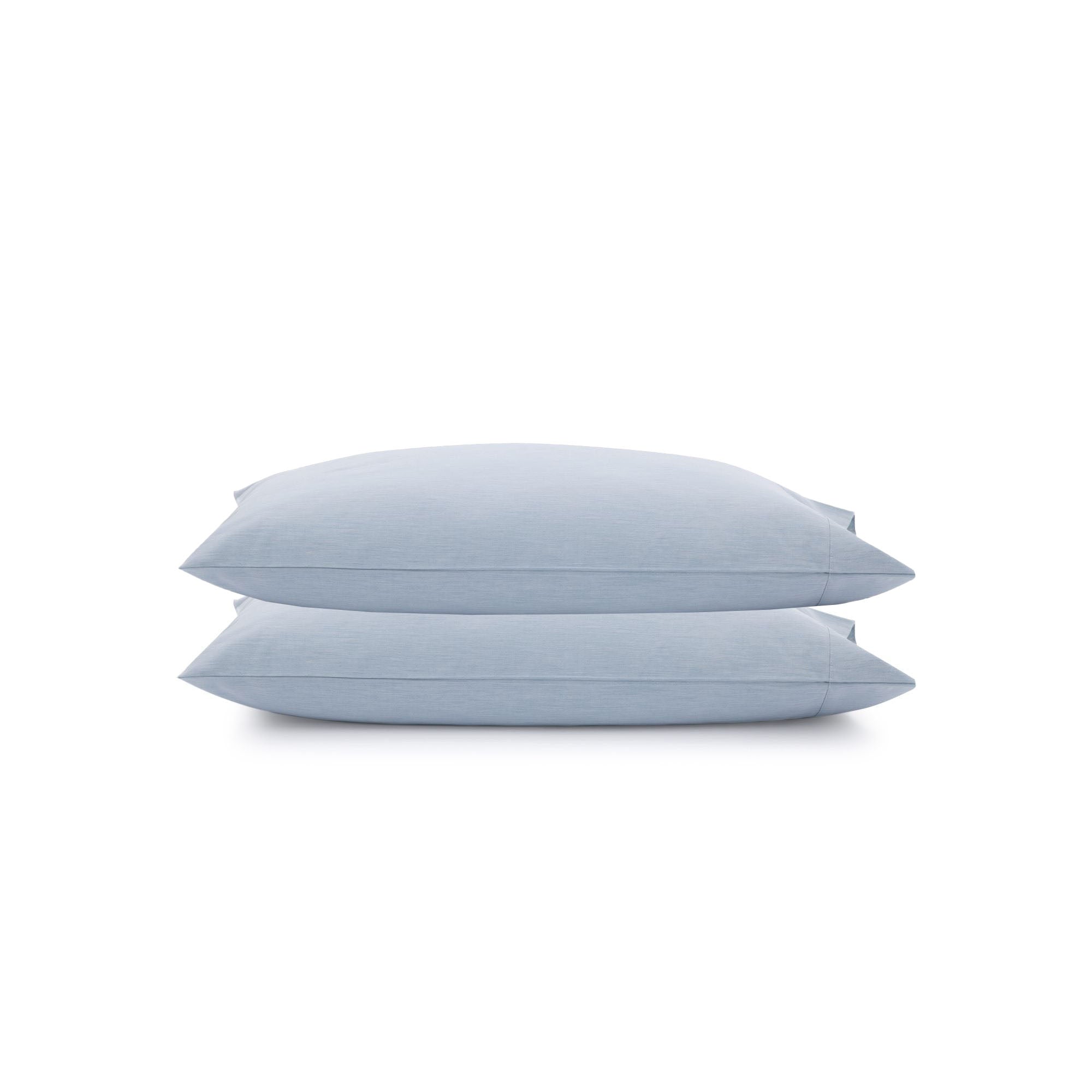
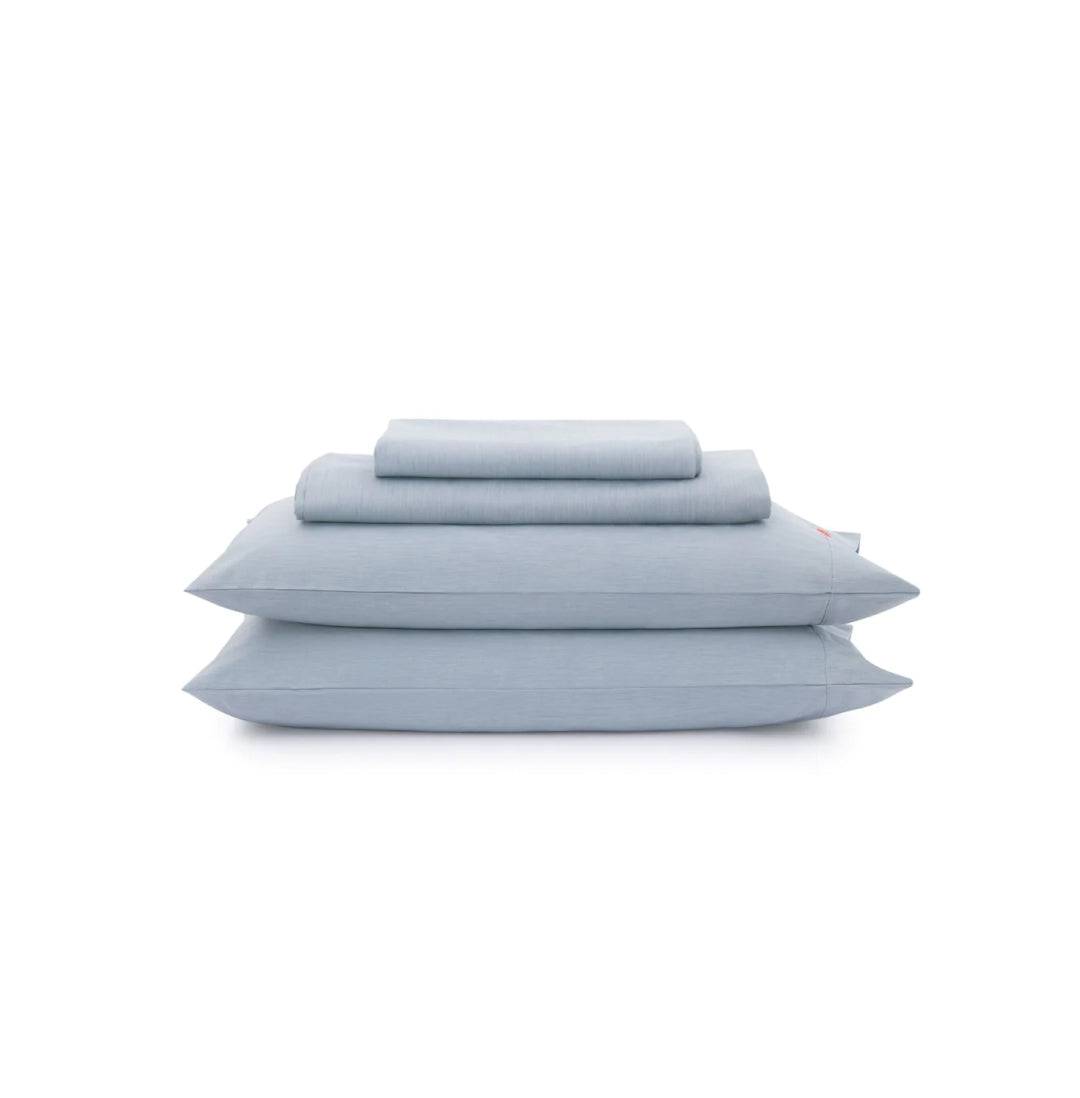
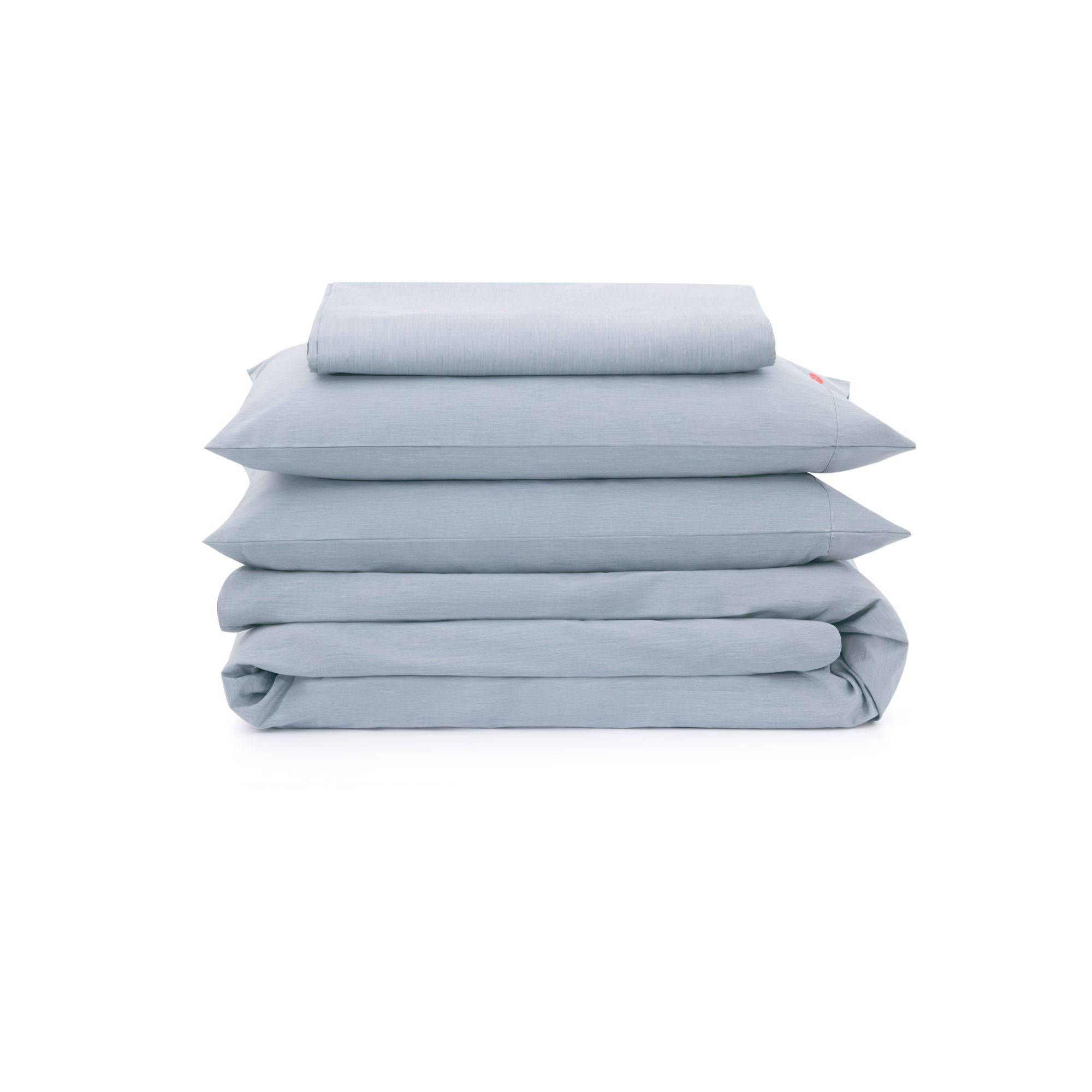
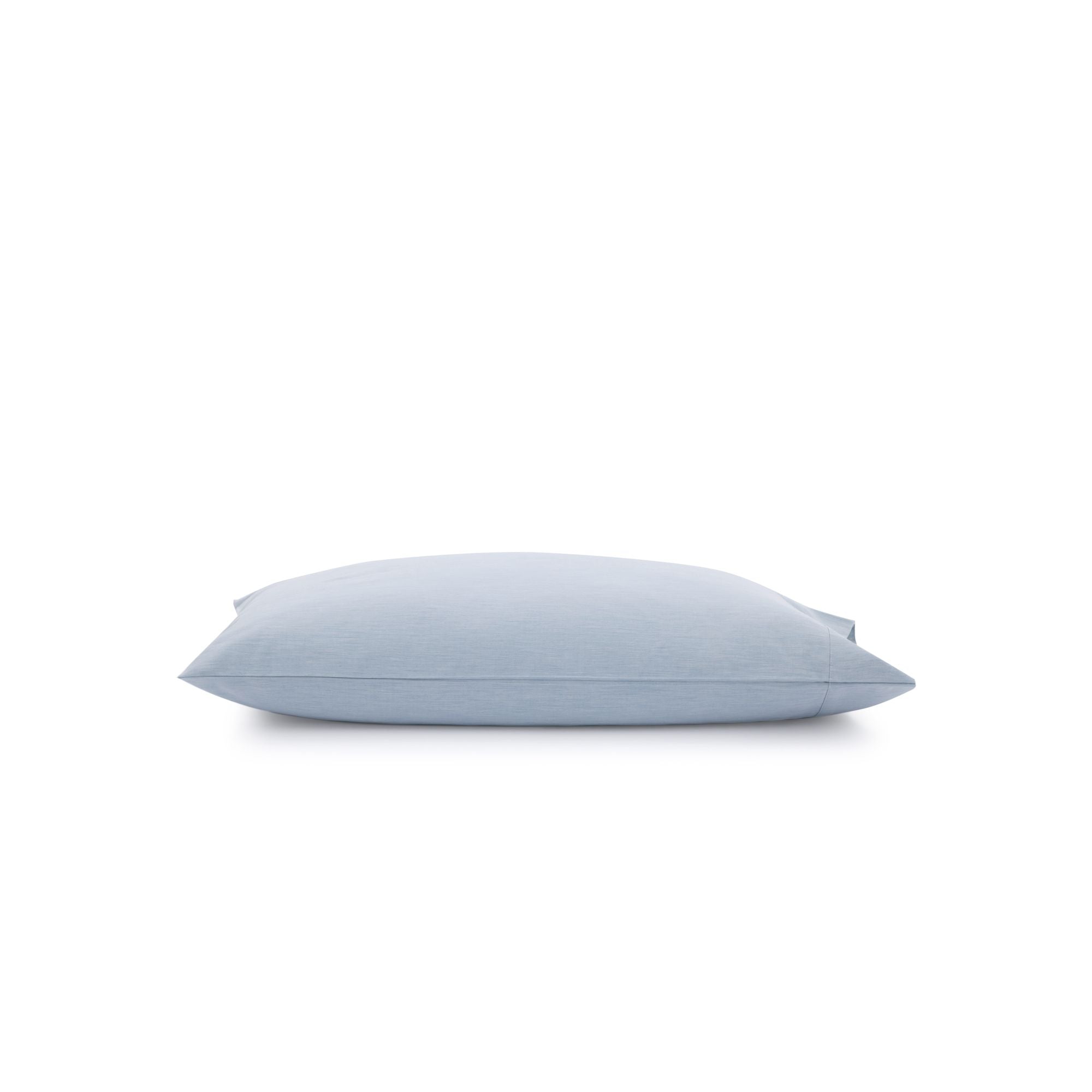
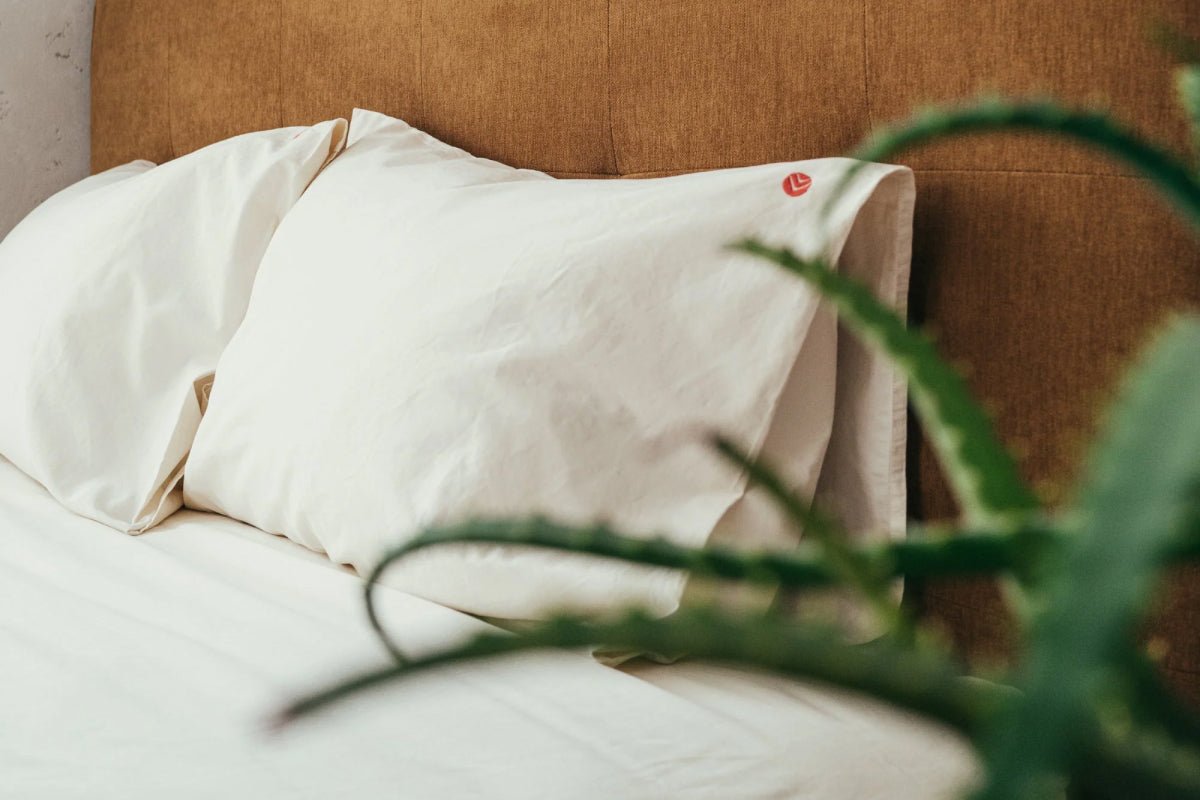 Bedding
Bedding
 Clothing & Accessories
Clothing & Accessories
 Artisan Line
Artisan Line
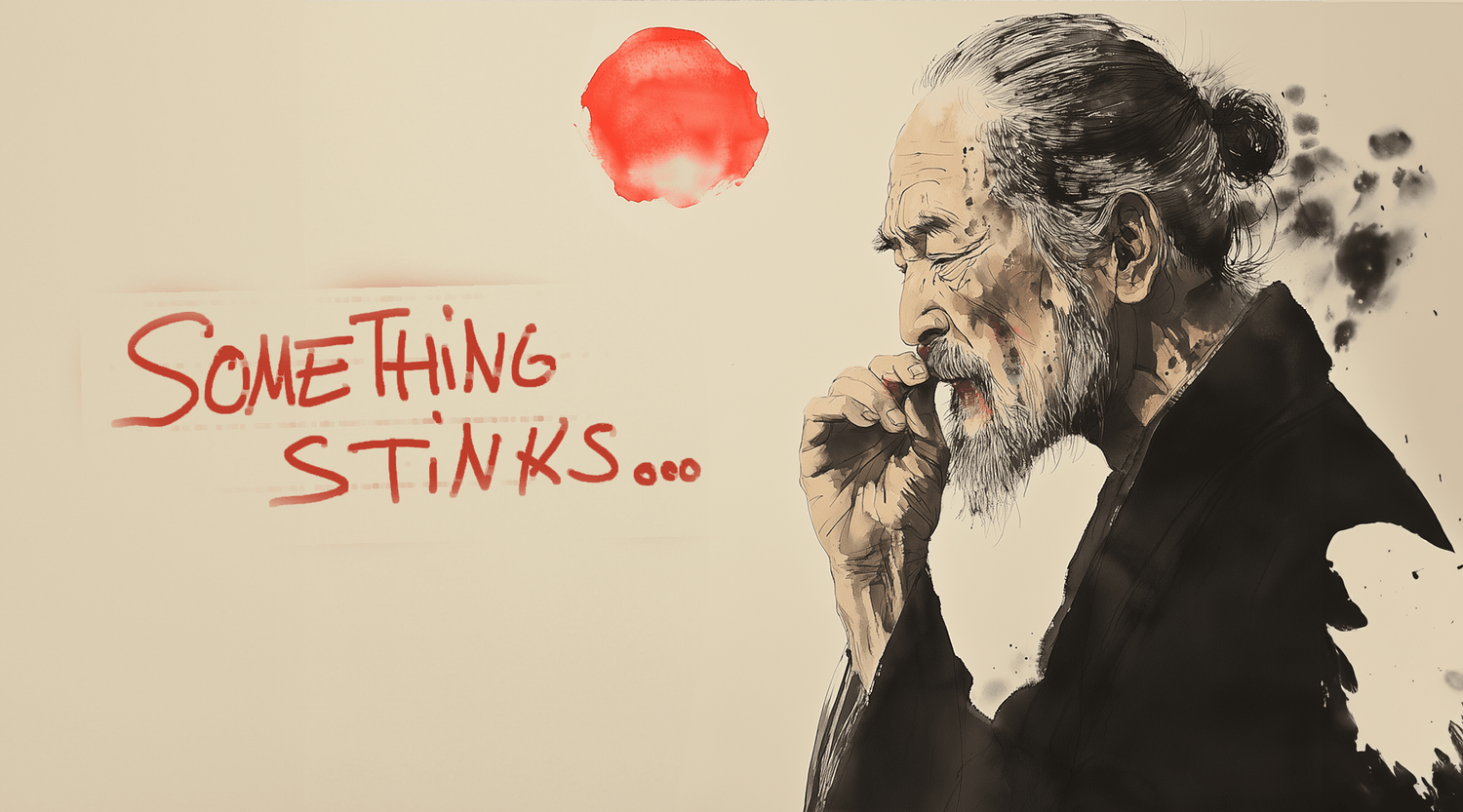


Leave a comment
All comments are moderated before being published.
This site is protected by hCaptcha and the hCaptcha Privacy Policy and Terms of Service apply.